How Chrysler helped to arm the Chinese army
Earlier on I wrote an article about how AM General helped China develop its Humvee-clone, the Dongfeng EQ 2050. But AM General was not the only American company helping to arm the Chinese army, there was another one; it was Chrysler.
Pic above shows the Beijing-Jeep 2022. Beijing-Jeep was a Chinese-American joint venture with Beijing Auto Works (BAW) and Chrysler. The Beijing-Jeep 2022 later changed name to Beijing 2022 and it now the most widely used 4×4 in the Chinese army.
How did this all happen?
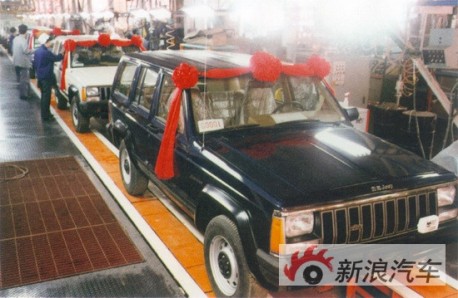
To understand everything correctly we got to go back in time, all the way to 1983. Beijing Auto Works and the famous Jeep-maker American Motors Corporation (AMC) signed an agreement to make the Jeep Cherokee in China, in 1985 the first cars came down the line in the new factory in Beijing (pic).
The 50-50 joint venture not only made the Cherokee, the Chinese side added the old Beijing 212 which was renamed Beijing-Jeep 212. The 212 was originally designed for the Chinese army and sales to the military continued, the Chinese army so bought Beijing-Jeeps.
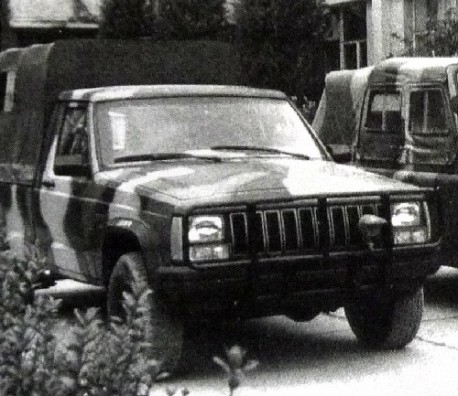
In 1986 the Beijing-Jeep joint venture developed a Jeep Comanche-based prototype for the Chinese army (pic). The single Comanche had been imported from the US, it was never produced in China. In the end nothing came of it because of feud between both partners about the terms of production for the Comanche. In the meantime production of the civilian Cherokee en military 212 continued as normal.
Only one year later Chrysler bought AMC and became also the new owner of the 50%-share of the Beijing-Jeep joint venture. Chrysler was busy at home and didn’t get too involved with things in China. The only movement came in 1999 when Chrysler agreed to supply the Cherokee’s 2.5 four-cylinder for the aging 212, then renamed 2020.
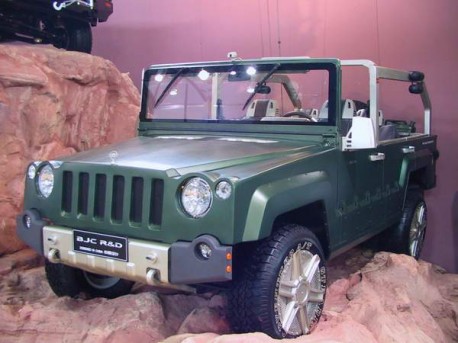
The slow times ended when Beijing-Jeep brought the ‘Warrior C1’ concept to the 2002 Beijing Auto Show. It was designed by a new ‘Beijing-Jeep Research & Design Center’ in Beijing and based on the Cherokee. The Warrior C1 was powered by Jeep’s 4.0 liter six-cylinder engine.
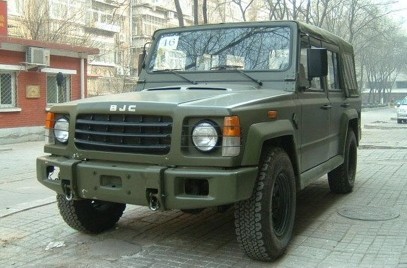
The Chinese army got very interested because it wanted a new car to replace the 212/2020 which was more and more showing its age, even with the Cherokee’s 2.5 under the bonnet. The army asked the Beijing-Jeep joint venture do to a proposal and Beijing-Jeep made several prototypes (pic, one of ‘m), all based again on the Cherokee. The first prototypes were too small and too light for the army’s taste, Beijing-Jeep had to get back to the drawing board and come up with something bigger. They did in 2003:
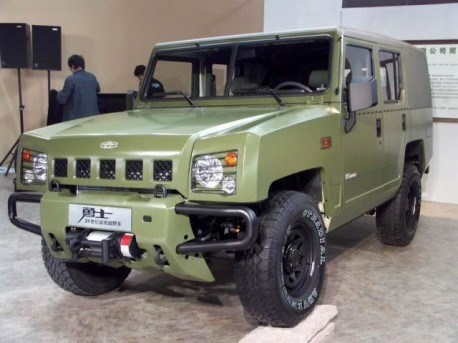
They came up with the Beijing-Jeep 2022, still based on the Cherokee but longer and wider, the design was inspired by the Warrior C1. Chief designer of the C1/2022 was an American citizen from Chinese descent, Edward Wong, who worked at the Beijing-Jeep design center.
It was powered by a 3.2 6-cylinder diesel from Nissan. The Chinese army wanted a big diesel, but Jeep didn’t have one and neither did Beijing Auto. The joint venture therefore bought the engines from the Dongfeng-Nissan joint venture, which makes cars, light-trucks, and Nissan-developed diesel engines for those trucks. In an indirect way, Beijing-Jeep was buying the engines from China’s arch-enemy Japan.
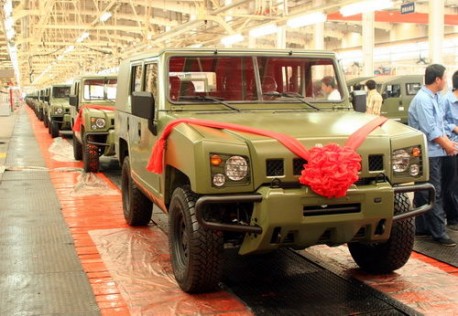
The army didn’t care, they liked the 2022 a lot and in 2005 decided to go for it. The Chinese army made its choice, happy faces at Beijing-Jeep, production began (pic) and deliveries started slowly in late 2007.
So here we have it. The Beijing-Jeep 2022, nicknamed Yongshi (Brave Warrior), armed the Chinese army. Based on the American Icon Jeep Cherokee and designed by an American citizen. The story however, doesn’t end here.
In 2009 when Chrysler was at the height of its financial trouble in the US it left the Beijing-Jeep joint venture. As part of the deal to get out as soon as possible Chrysler granted BAW the rights to continue the Cherokee and 2022 under its own name. After some name changes the Cherokee became the BAW Qishi S12 and the 2022 simply the Beijing 2022. Both cars are still in production today and deliveries of the 2022 to the Chinese army have continued ever since.
To end this story here are some pics of the 2022 ‘Yongshi’ on active duty:
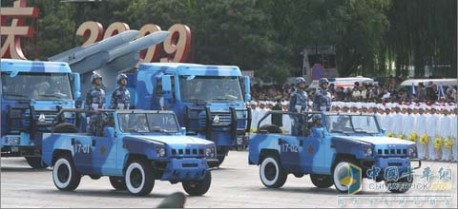
The open version at the 2009 1-October parade.
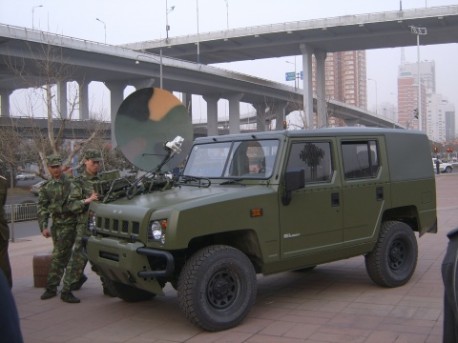
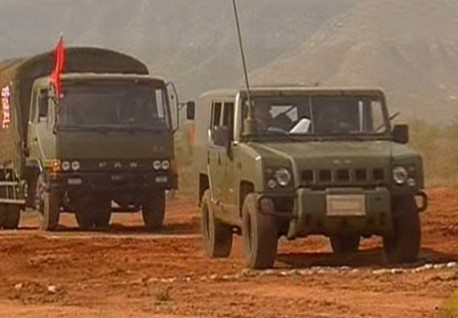
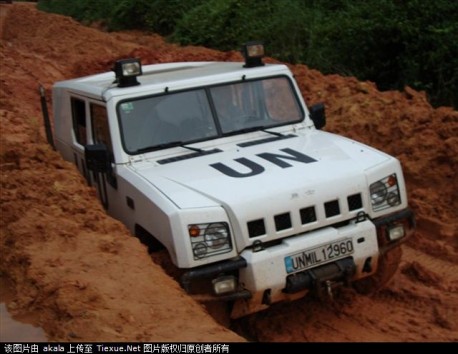
Peacekeeping in the mud, for UNMIL in Liberia.
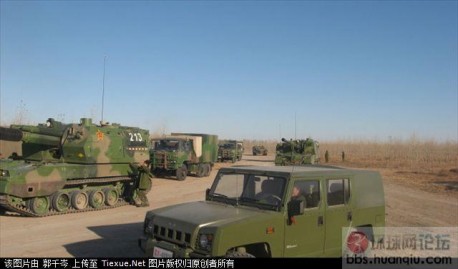
With the big guns, somewhere up north.

